Stoneware dimensions: 50 x 39 x 25 cm. Lladro label.
Lladro Founded in 1953 by brothers Juan, José and Vicente Lladró on the outskirts of Valencia, Spain, the Lladró porcelain company initially produced functional ceramics such as vases and serving plates. In 1955, the Lladró brothers began producing figurines, with pieces inspired by famous 18th-century manufacturers such as Meissen and Capodimonte. In the late 1950s, Lladró established a new firing technique that reduced the process from three layers to a single layer infused with pastel tones. Around the same time, the brothers also adopted an official logo featuring the name "Porcelanas Lladró". By this time, the Lladró style with its oversized figurines, stylized lines, and pastel hues was well established.
In the 1970s, the company launched a new line of "Grès" porcelain, which was used to create larger sculptures with a matte finish and earthy tones. One of Lladró's notable technical achievements was the "Flowers of the Season" series in 1982, which featured bouquets of tiny flowers hand-carved onto each piece. Since 1985, limited edition pieces have been produced.
Since the 1990s, Lladró pieces have been added to the collections of world-renowned museums, such as the Hermitage Museum in St. Petersburg.




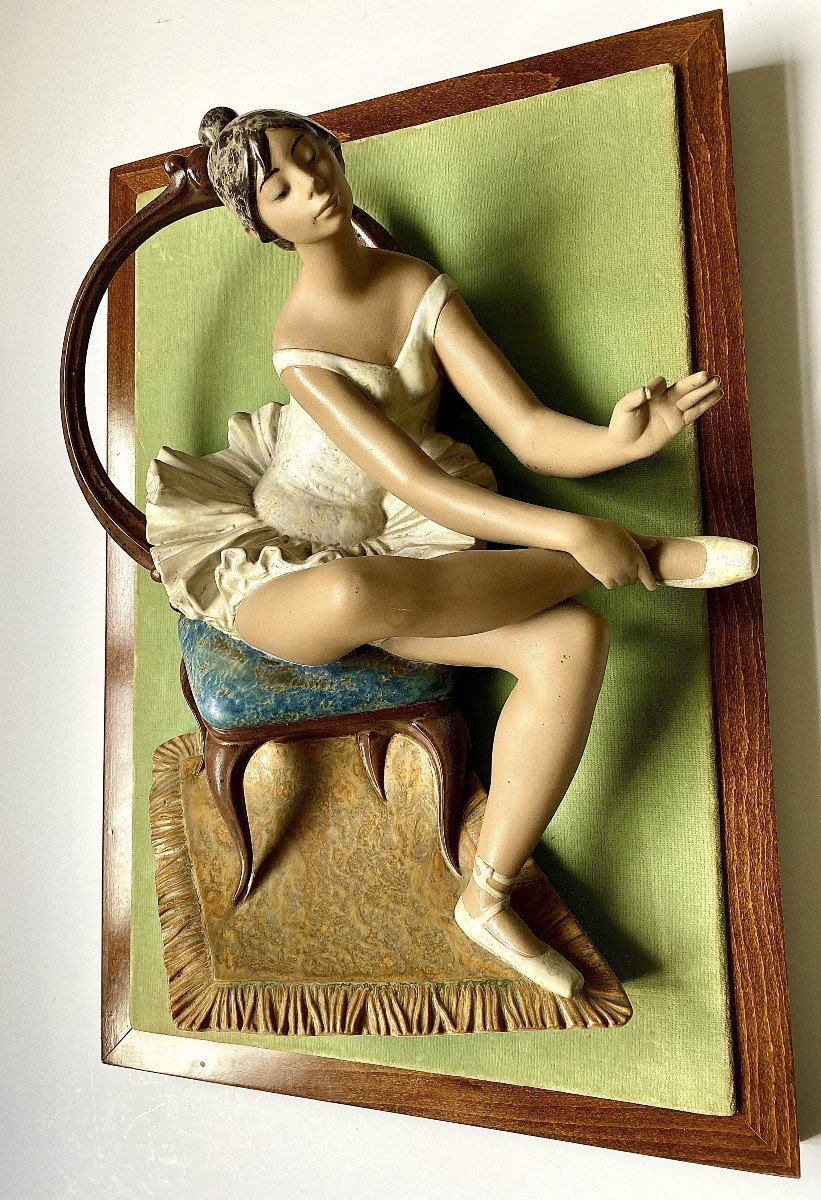














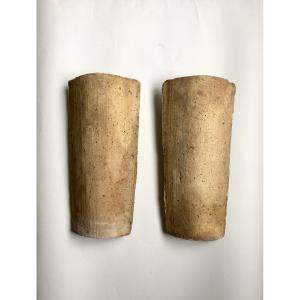

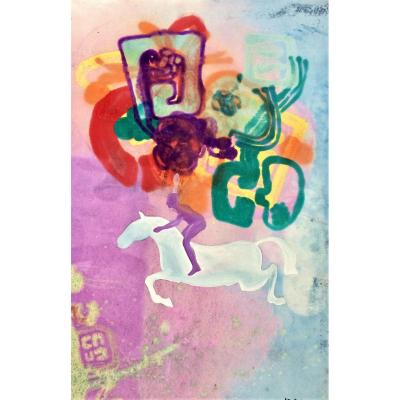
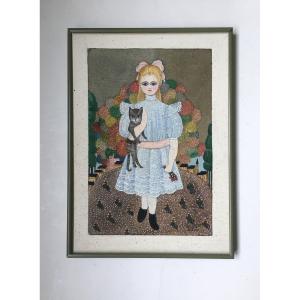





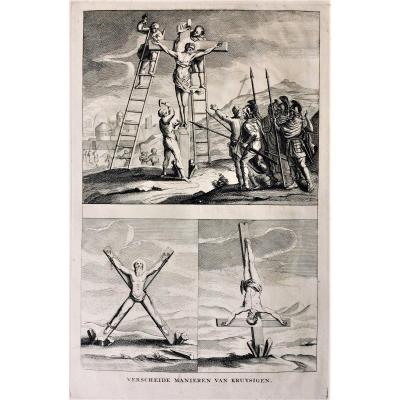
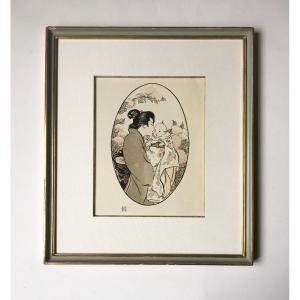
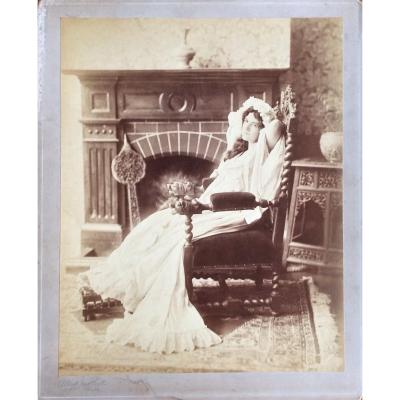


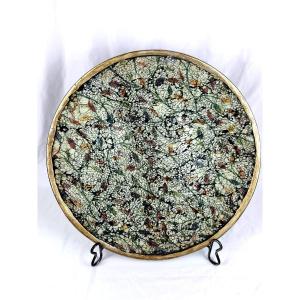






 Le Magazine de PROANTIC
Le Magazine de PROANTIC TRÉSORS Magazine
TRÉSORS Magazine Rivista Artiquariato
Rivista Artiquariato